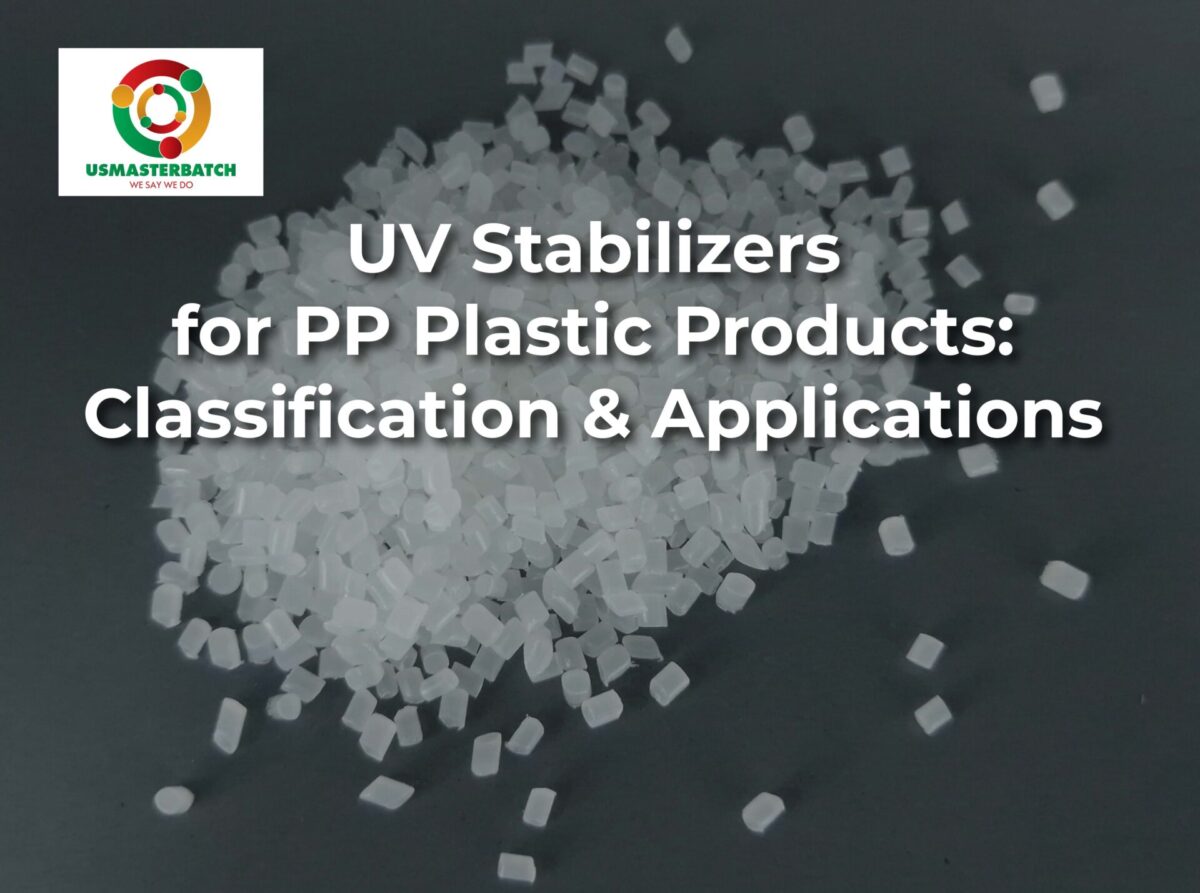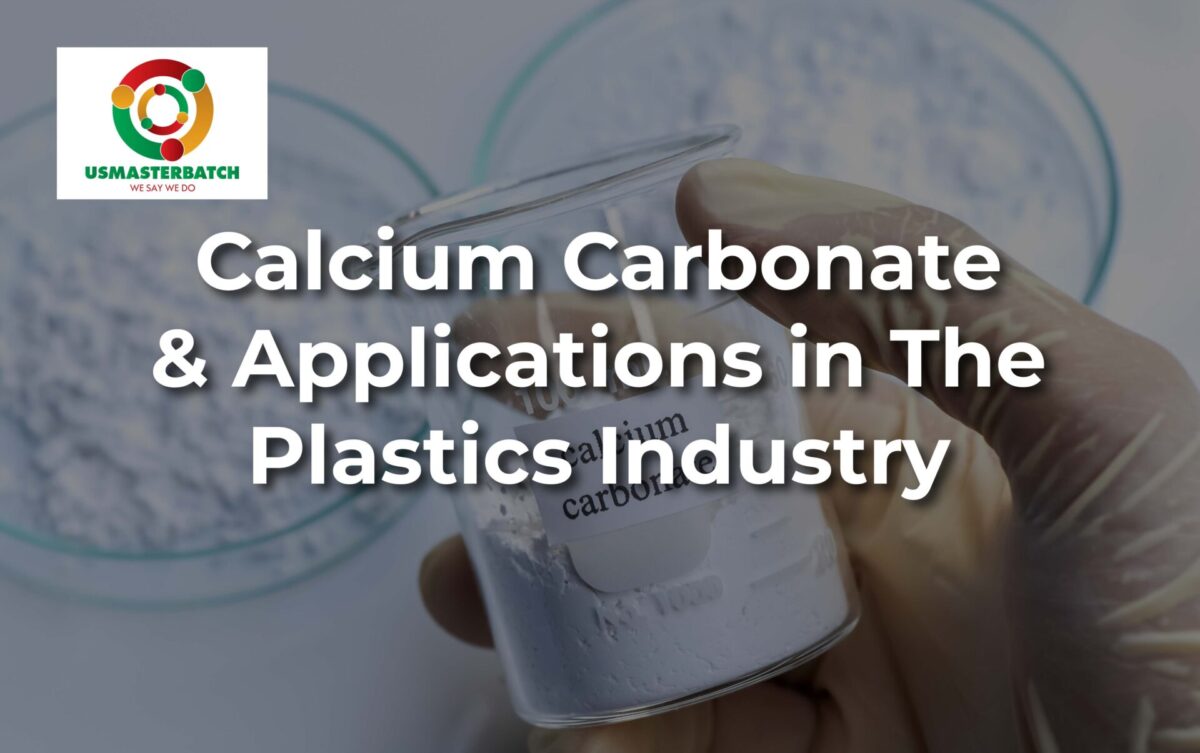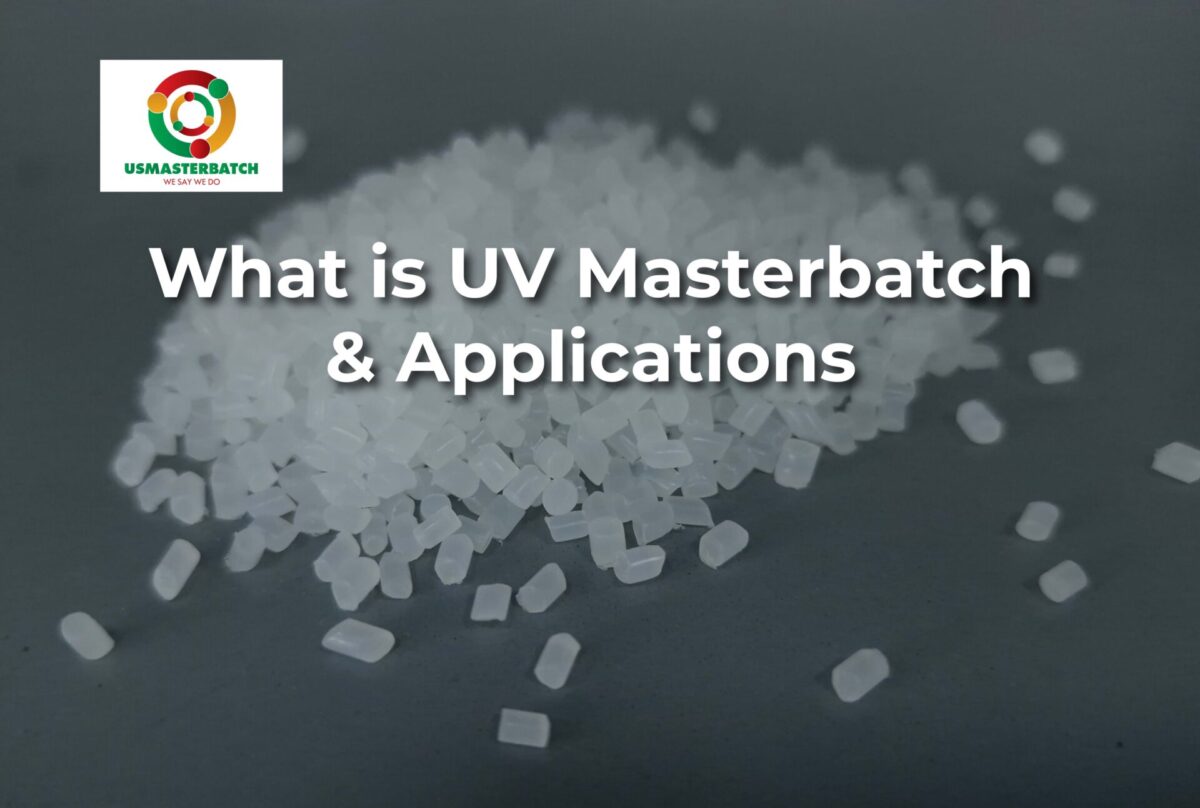
What is HDPE pipe jointing? – Manufacturing Methods
Polyethylene (PE) is by far the most common type of consumer plastic, and is used in many everyday materials. It is a thermoplastic product, which means that it can be melted into a liquid and then cooled back into a solid. Different processing conditions give rise to different grades of polyethylene that can be used for different purposes. HDPE pipe jointing are manufactured in a large quantity and appear almost everywhere in the world, from industrial sites with huge water pipes systems to household tool kits. In this article, we will find out how HDPE pipe jointing are made.
1. What is HDPE pipe jointing?
HDPE pipe jointing is components used to connect HDPE pipes systems such as water supply, gas distribution, sewage, and irrigation. Connecting pipes systems helps HDPE pipes users protect consistent flow, structural stability, and long-term durability.
They are especially beneficial in dynamic environments, where ground movement or vibration might affect common jointings. In pressurized systems, the completeness of each HDPE pipe jointing is important to avoid leaks, which is nearly the main usage purpose of HDPE pipes. As infrastructure modernizes, HDPE’s adaptability makes it suitable for integration into both legacy and newly engineered networks.
There are various forms of HDPE pipe jointing, including bends, tees, reducers, and couplings, which each is designed to serve a particular purpose.

2. HDPE pipe jointing production line
2.1. Preparation of the raw material
The first stage in the manufacturing process of HDPE pipe jointing is the preparation of raw materials. High-density polyethylene (HDPE) resin, which is the major ingredient, is selected based on its quality and properties. Besides, CaCO3 Filler Masterbatch is added into raw material feeder as a material cost-saving solution, as well as enhancing processability. The resin and CaCO3 Filler Masterbatch pellets are carefully inspected for impurities and contaminants before being fed into the extrusion machinery. Proper material preparation is crucial to ensure the quality and performance of the final HDPE pipe jointing.
The tests performed on the raw materials are as follows:
- Melt flow index (MFI)
- Density test
- Oxidative induction times (OIT)
- Humidity test
- Soot dispersion test
2.2. Extrusion or Injection Molding
Extrusion is the core process used to shape HDPE resin into pipe jointing of various sizes and configurations. The resin pellets are melted in an extruder barrel under controlled temperature and pressure conditions. After that, molten material is forced through a die, which gives the desired shape and dimensions to the fittings. Cooling systems are used to solidify the molten material into the final HDPE pipe jointing. Extrusion allows HDPE pipe jointing to be manufactured efficiently, uniformly and continuously.
In some cases, HDPE pipe jointing may also be manufactured by injection molding technology, especially for complicated shapes or designs. In the injection molding process, raw materials are heated to a molten state and injected into a mold under high pressure to fill it. After the cooling process, HDPE pipe jointing is ejected from the mold. Injection molding offers flexibility in design and production, allowing manufacturers to make a wide range of HDPE pipe jointing to adapt to various requirements.
2.3. Assembly and Finishing
After the extrusion or injection molding process, HDPE pipe jointing manufacturers may proceed to assembly and finishing stages. This may include tasks such as welding, fusion bonding, or mechanical joining of components to create complicated jointings types like elbows, tees, or reducers. Finishing operations such as trimming, deburring, and surface treatment may also be operated to remove any excess material and ensure smooth rough edges, as well as maintain overall aesthetics of the jointings. Assembly and finishing processes ensure that HDPE pipe jointing meets required performance standards.
2.4. Quality control and Testing
In the final stage of HDPE pipe jointing production, the jointings are sampled and the quality control unit performs the respective tests to determine whether the final product is in conformity with the required specification and also optimizes the adjustments. Dimensional inspections, visual inspections, and non-destructive testing (NDT) techniques are conducted to verify product quality, detect defects, and ensure compliance with industry standards. Mechanical testing is performed to assess the strength, durability, and resilience of the fittings under various conditions. Environmental testing may also be conducted to evaluate the resistance of HDPE pipe jointing to environmental factors such as temperature, chemical exposure, and UV radiation. By adhering to strict quality control protocols, manufacturers can deliver high-quality HDPE pipe jointing that meets the needs of customers and applications.
3. Masterbatch in HDPE pipe jointing production
Masterbatch is an important raw material in HDPE pipe jointing. Manufacturers use CaCO3 filler masterbatch mainly for reduction of material cost, color masterbatch for color making and additives masterbatch for other properties improvement. Masterbatch appears to bring the best solution to manufacturers regarding saving production cost and enhancement products properties as well.
As a leading manufacturer of CaCO3 filler masterbatch, color masterbatch and additives masterbatch in Vietnam with over 13 years of experience, US Masterbatch is proud to supply high-quality masterbatch with competitive rates to numerous manufacturers in 80 countries around the world, in which companies play a big scale in exported quantity.
| CaCO3 filler masterbatch | Black masterbatch | |
| Melting Flow Rate | 0.6g/10mins | 50g/10mins |
| Bulk Density | 1.1g/cm3 | |
| Humidity | 0.08wt% | 0.08wt% |
| Processing Temperature | 140-280°C | 140-280°C |

Masterbatch from US Masterbatch bring outstanding features as below:
- Reduce production costs
- Increase hardness and durability as well as not losing color and transparency of the product.
- Glossy, soft, flexible surface with good water resistance.
- Food contact and children contact recognized by FDA, REACH, ROHS, etc.
- Withstand high temperatures in a short time.
- Raw materials are available from nature, safe, low cost, and easy to use for the production of the plastic industry.










